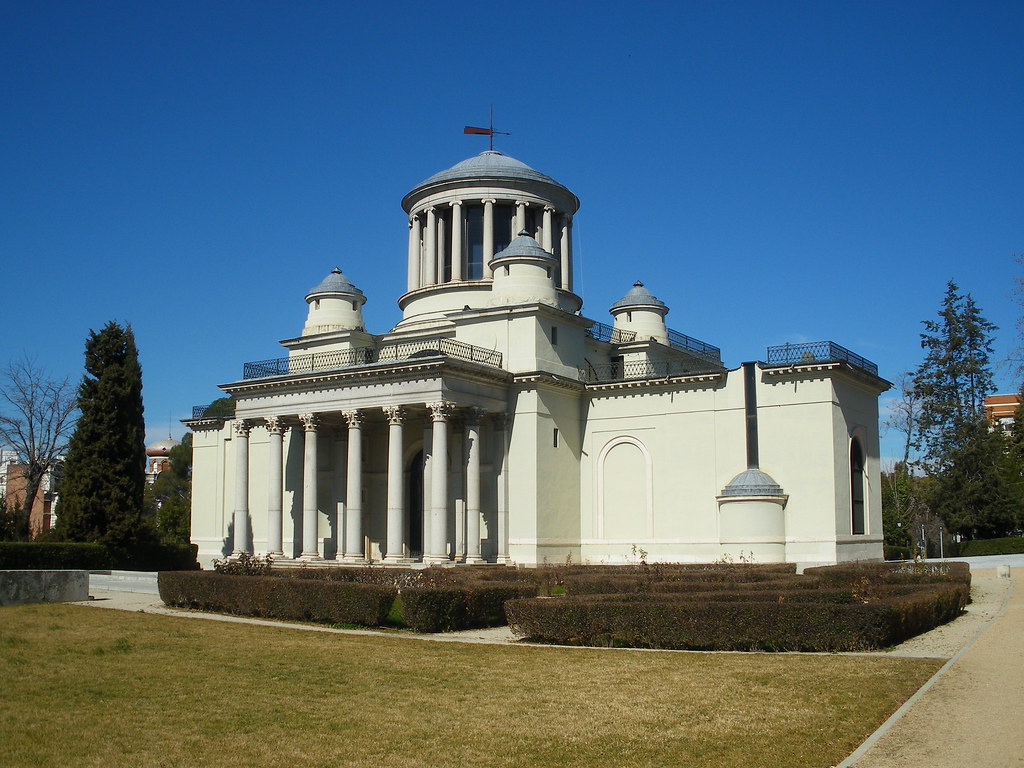I noticed a query dropped upon the Twelve Mile Circle from one of the search engines. It was a fairly straight-forward request for information, as far as those things go. My anonymous visitor wanted to know about the “Madrid prime meridian line” Do we sense a problem?
Where Does the Prime Meridian Go?
The knee-jerk reaction would be to consider this a geographic failing of someone unaware of such matters. Obviously we have either an inadequate educational system or an individual of limited mental recall. After all, the Prime Meridian does not go through Madrid. Although it cuts through Spain, it does not get any closer than about 325 kilometres (200 miles) from Madrid. The person must have lost sight of the geographic proximity of Madrid, or worse, couldn’t distinguishing Madrid from larger Spain.
My mind went there briefly. I was ready to dismiss this inquiry as coming from someone for whom 12MC would never serve a legitimate purpose. I realized the fallacy of that judgment a split-second later of course. Twelve Mile Circle is designed for someone exactly like the person who wonders about Madrid and the Prime Meridian.
There are a lot of interesting features about the Prime Meridian as it slices through Spain. Personally I like the little corner of Valencia that stands on the eastern side of the line (map). I think, if I were to move to Spain, I’d consider Xàbia/Jávea in Valencia’s Alicante province specifically for that reason. Also I’d try to hunt down some people who have homes split by the Prime Meridian (for example) and ask them if they realize an imaginary line runs through their residences. I bet they do.
An Earlier Prime Meridian
Let’s put thoughts of the Prime Meridian aside, or at least the one that runs through Greenwich, England. We’ve seen this story before, haven’t we? A similar situation came up when I wrote about the American Meridian that was based on that Naval Observatory in Washington, DC, and was used by the United States before Greenwich became an international standard. I live in the (American Meridian) western hemisphere and work in the eastern hemisphere, and isn’t that all grand?
It’s the same thing here. The placement of the Prime Meridian is arbitrary. It could have been located anywhere, and that’s what many nations did prior to adopting the Greenwich line.
Real Observatorio de Madrid

The Spanish government ran it through the Real Observatorio de Madrid — the Royal Observatory of Madrid — in the mid-Nineteenth Century. The observatory was already in place, having been constructed in 1790. It’s a stunning example of Spanish neoclassical architecture atop a hill and today it houses an astronomically-oriented museum. Spain’s Ministry of Development provides additional information should one wish to visit or learn more (translated to English).
Thus my random visitor searching for the “Madrid prime meridian line” was actually quite astute, with a solid understanding of geography and history.
That Older Line
Let’s move the Prime Meridian a little further to the west, to a line of longitude equaling 03° 41’14.546″ per the July 2000 edition of Photogrammetric Engineering & Remote Sensing Journal to recreate Spain’s former Prime Meridian. Indeed, it runs directly through Madrid. Notice also that it splits Spain much more evenly than the Greenwich Meridian. Other towns on or near the meridian include Santander, Burgos, Jaén and Granada.
Look as some of the umbrellas on this beach in Almuñécar in Andalusia. No doubt there are people relaxing on both sides of the line. Somehow I doubt any of them realize the geographic significance of their fortunate placement. For us geo-geeks however, it seems like it might be a great opportunity for a Spanish Meridian Beach Party!
Cheers, random visitor.

Leave a Reply